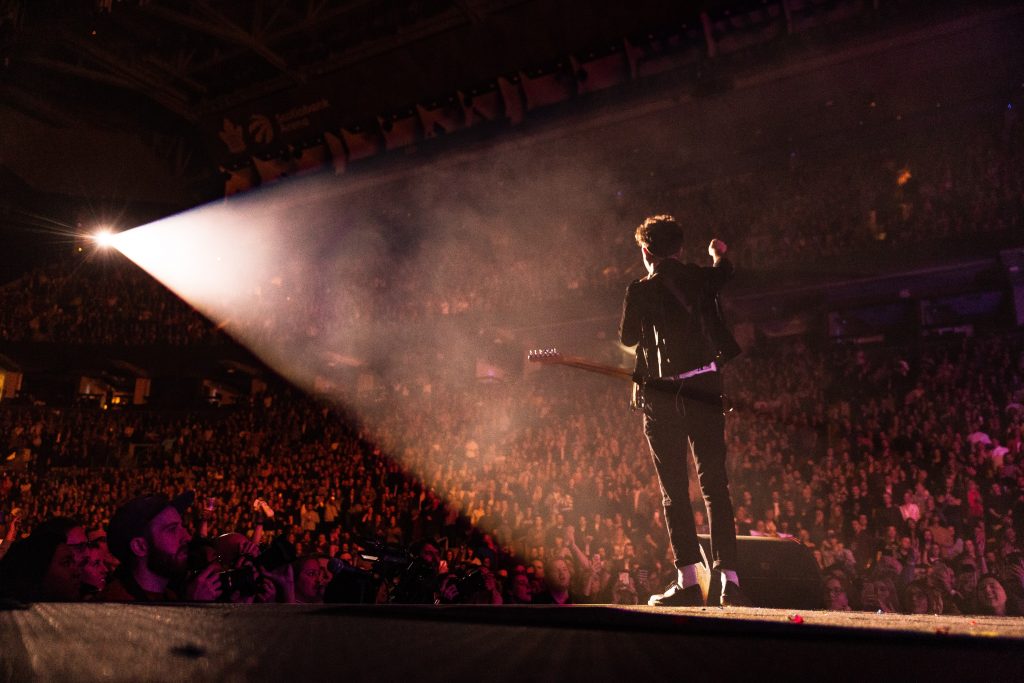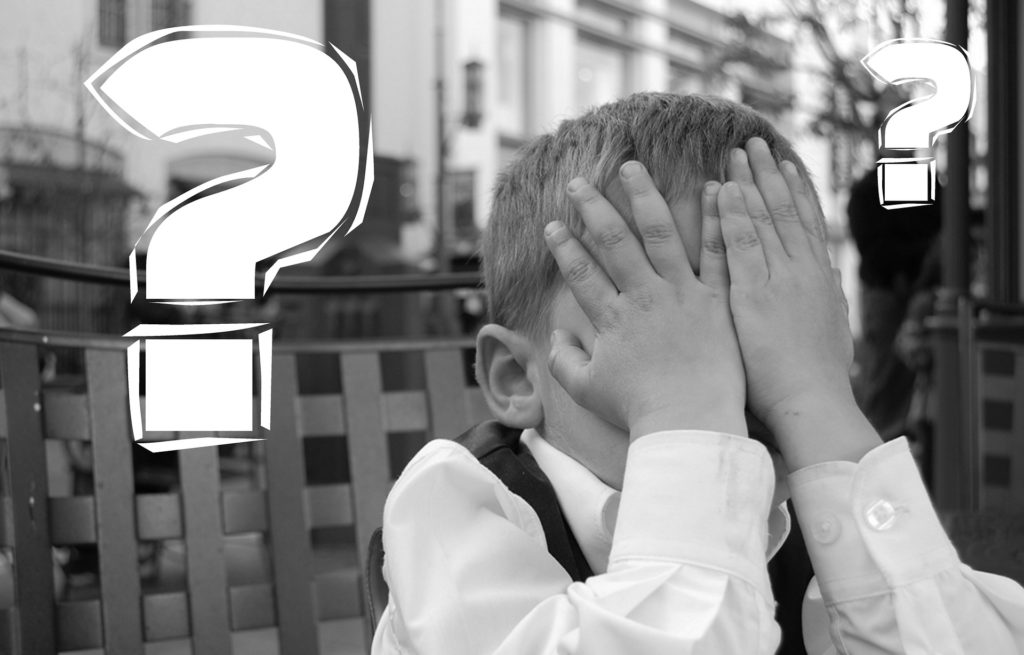Booking an artist is usually considered a great way for promoters and event planners to make money. After all, if the artist is highly-regarded, they have a built-in customer base, and their fans will show up usually if they know about the show. And if they’re a little more obscure, the artist will be so grateful for the opportunity to showcase their talents that they’ll do a lot of the legwork in bringing people to their show, right?
Too often, that’s not the case. In fact, many concert and event promoters actually lose money on artist bookings, and they learn the hard way that securing an artist for an event is only part of the equation. While it’s all well and good to secure the artist, there are a lot more considerations to take into account in order to determine whether it ends up being a profitable endeavor for the promoter. With this in mind, let’s take a look at some of the other factors that can be the difference between a positive experience with booking an artist and a nightmare.
Overestimating the Artist’s Popularity
When booking an artist, it’s easy to be drawn in by the amount of hype or buzz an artist has. When considering acts to book, some promoters simply do a quick straw poll of their friends and contacts to determine if they would see the show, but if you’re looking for a thousand or more people to attend, asking a handful of people isn’t going to give you an accurate projection of the turnout.
Other promoters use things like the number of Spotify streams an artist gets as a barometer of that artist’s popularity, and they assume that just because a good amount of people listen to that artist, they can expect a similarly high turnout to their show.
But there’s more to an artist’s popularity than the number of people listening to their music. After all, listening to a song is a mostly-passive activity: all the audience has to do is press “Play” and sit back and listen. On the other hand, actually attending a concert is an active endeavor: people have to pay money for the show, make plans to get there, and plan their entire evening around one activity. And it’s the difference between those types of activities that can determine whether or not people pay the price of admission.
Finally, you should always take into account where an artist’s fanbase is located. Booking the Arctic Monkeys for an event in London is a smart move; booking them in Omaha is not.
Underestimating the Artist’s Rider
The most famous example of an artist’s rider is probably Van Halen’s “no brown M&M’s” stipulation. While it might seem like another example of a celebrity ego gone wild, there was actually a good reason for it: if a promoter hadn’t read the contract in enough detail to notice that request (or saw it and decided to ignore it anyway), then there was a good chance that they also didn’t see or chose to ignore the other stipulations in the rider (like the proper stage setup) that were there to ensure the band’s safety.
Nearly every touring artist has a rider in their performing contract that sets terms for the equipment, setup and amenities they require. Depending on the artist, however, the specifics of the rider can vary, and not paying close attention to detail can cost promoters far more than they expected. Promoters should always take a careful look at an artist’s rider before agreeing to the terms of the contract.
Lazy Accounting
In addition to securing the artist and making sure people attend the show, promoters are also responsible for setting the ticket price. Like everything else in the realm of artist bookings, this can go bad fast if it’s not done correctly and responsibly. It’s a difficult balancing act: set the prices too low, and the promoter won’t make enough money to cover the costs; set them too high, and people won’t bother to pay for a ticket.
When setting the ticket price, a lot of promoters make the mistake of dividing the cost of the artist and the venue by the expected number of people who will attend. So if the venue and artist cost $100,000 and the capacity for the venue is 5,000 people, the promoter thinks “I can charge $20 per ticket in order to break even, so I’ll charge $40 and make a profit.” And if it were that simple, we wouldn’t be talking about it.
What this “math” (if you want to call it that) fails to take into account is, well, a laundry list of things. For one, the cost of the artist and the venue aren’t the only costs associated with putting on an event. If the artist’s rider adds $50,000 worth of equipment and other expenses to the bill, then the break-even number is now $30 per ticket. Well, still making a profit, right?
Sure- assuming the place is filled to capacity. If only 4,000 people show up, the promoter loses $10,000 after paying all the expenses. And though it might be tempting to say “Next time, I’ll charge $60 per ticket just to be sure,” keep in mind that the higher that price gets, the less people are going to be willing to pay it.
So when figuring out the ticket cost, promoters should first determine exactly how much they’ll need to spend on everything: the artist’s appearance fee, the items in their rider, the venue, security, et cetera. They should also confirm (and double-confirm) the artist’s fee before the contract is signed, and they should also look at the average percentage of attendance capacity the artist actually brings in. If an artist consistently only sells enough tickets to meet 75% of a venue’s capacity, the promoter should adjust the ticket price to reflect that.
There are enough variables in the booking industry to keep promoters on their toes. But by using the data available to them and being thorough in their research, they can minimize the number of unknowns and focus on what they do best: putting on a great show.







